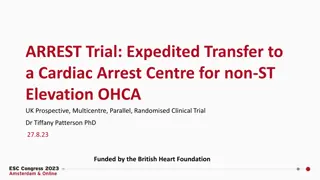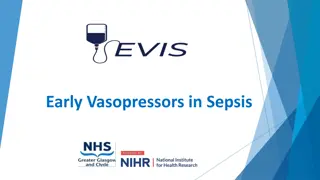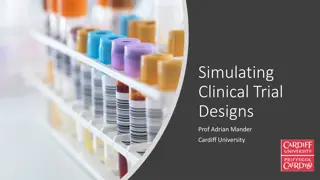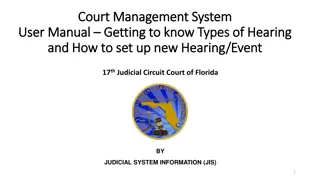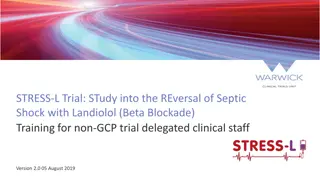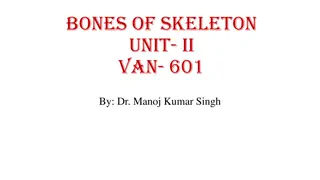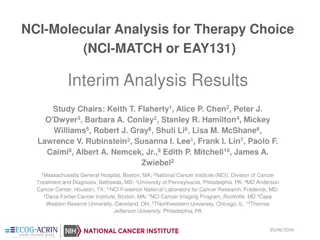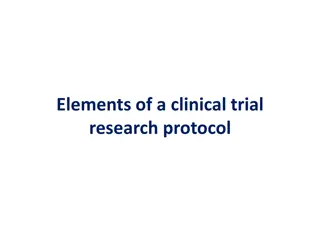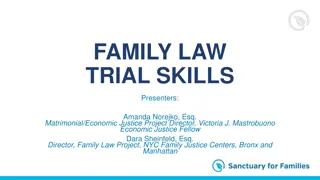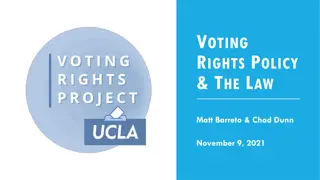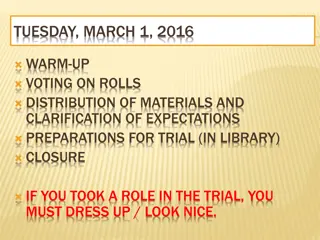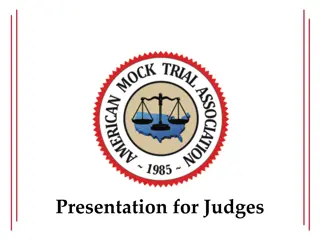Anatomy of a Trial: Procedures and Strategies for Success
Learn about the key components of a trial including examinations, opening statements, direct and cross examinations, and closing statements. Understand the objectives and strategies involved in presenting a case effectively to achieve a favorable verdict. Explore the process of building and defending a case through witness testimonies, evidence presentation, and argumentation. Master the art of trial advocacy to maximize your chances of success in the courtroom.
Uploaded on Feb 16, 2025 | 2 Views
Download Presentation

Please find below an Image/Link to download the presentation.
The content on the website is provided AS IS for your information and personal use only. It may not be sold, licensed, or shared on other websites without obtaining consent from the author.If you encounter any issues during the download, it is possible that the publisher has removed the file from their server.
You are allowed to download the files provided on this website for personal or commercial use, subject to the condition that they are used lawfully. All files are the property of their respective owners.
The content on the website is provided AS IS for your information and personal use only. It may not be sold, licensed, or shared on other websites without obtaining consent from the author.
E N D
Presentation Transcript
Examinations -1st: Plaintiff Witnesses -2nd: Defendant Witnesses Opening Statements -1st: Plaintiff -2nd: Defendant Closing Statements -1st: Defendant -2nd: Plaintiff
OPENING STATEMENTS Objective: Acquaint jury with case and outline what your side will prove through testimony and exhibits BRIEFLY summarize case (WHAT happened) Use specific dates and times Create the issue (HOW it happened) Plaintiff: Explain theory of what happened Defendant: Deny Plaintiff s theory and present own theory/theories Explain basis of liability Plaintiff: Summarize facts and explain why client is legally entitled to damages Defendant: Suggest Plaintiff will be unable to prove theory plaintiff will not be entitled to damages Damages Plaintiff: Describe relief sought for client s loss Defendant: Express sympathy for plaintiff but reaffirm that defendant is not responsible Conclusion Ask jury for verdict in your side s favor
DIRECT EXAMINATIONS Objective: BUILD YOUR CASE. Elicit testimony that proves your case/disproves the other side s case. Testimony should be presented clearly and logically in a way that the jury understands and remembers. Should lay out your case theory with direct witnesses Allows you to spin facts in your favor ALL THINGS YOU MUST PROVE IN ORDER TO WIN YOUR CASE SHOULD BE PRESENTED IN DIRECT No leading questions
CROSS EXAMINATIONS Objective: DESTROY THEIR CASE. a) Impeachment- making opposing counsel s witnesses seem less credible b) Bring out/reaffirm facts that are favorable to your case All leading questions Should be shorter than Directs Impeachment: Reveal witness s prejudice/bias Bring out witness s lies and secrets Show that witness s opinion is questionable Show that witness is not competent or qualified Show that witness has contradicted his/her prior statement
CLOSING STATEMENTS Objective: Summarize evidence you presented to prove your case and highlight weaknesses of the other side s case Thank jury for their time and attention Parties: remind jury of witness s credibility (based on background info) Issue: Identify the central issue in simple terms What happened: explain narrative of events your team has created Basis of liability: explain why, because of what happened, plaintiff is (Plaintiff) or is not (Defendant) legally entitled to damages Bring out significant parts of the testimony that support your case Refute the other side s case Plaintiff: reiterate damages Sum up position and request a proper verdict
CASE THEORY/THEME Definition: Unifying premise that connects all elements of your side s case; definitive take on what happened Opening: Introduce the case theory you will prove Exams: Prove case theory Closing: Explain how you proved case theory Should use key buzzwords which are repeated throughout trial Example: Commonwealth of PA v. Harper Marmalard Prosecution Theme: Harper Marmlard had the motive, means, and method to murder Mandy Pepperidge. Defense Theme: Mandy Pepperidge died because she took a dangerous risk at her own free will.
OBJECTIONS!!!!!!!!!!! :) Raised when an attorney feels the opposing counsel is violating a rule of evidence Attorneys may only object during examinations for witnesses for which they are responsible Attorneys: Object during the cross exam of the witness you direct and during the direct exam of the witness you cross
PERMITTED OBJECTIONS 1. Leading Question 2. Irrelevant Evidence 3. Non-responsive Answer 4. Hearsay 5. Improper Opinion/Conclusion 6. Lack of Personal Knowledge 7. Unfair Extrapolation 8. Argumentative 9. Asked and Answered 10. Beyond the scope of cross or re- direct 11. Failure to lay a proper foundation for an exhibit 12. Facts not in evidence (ONLY FOR CLOSINGS take place after closing)


